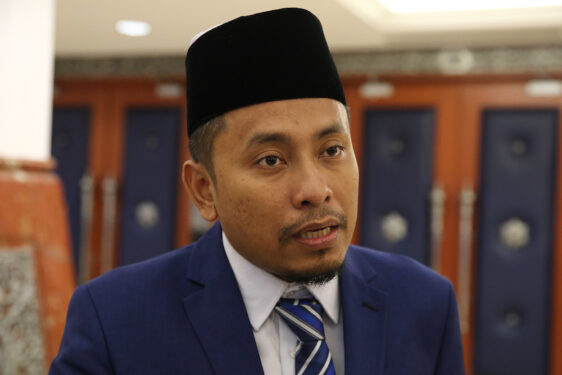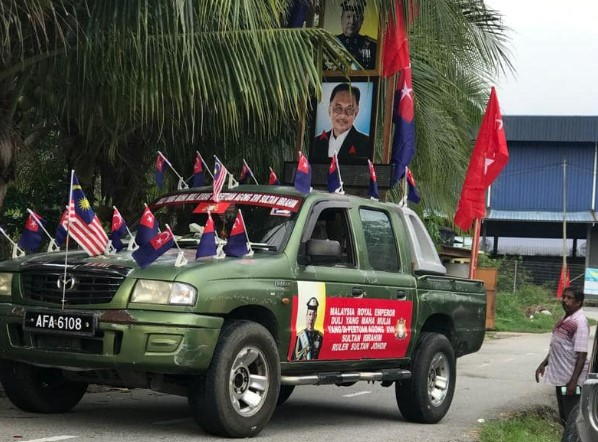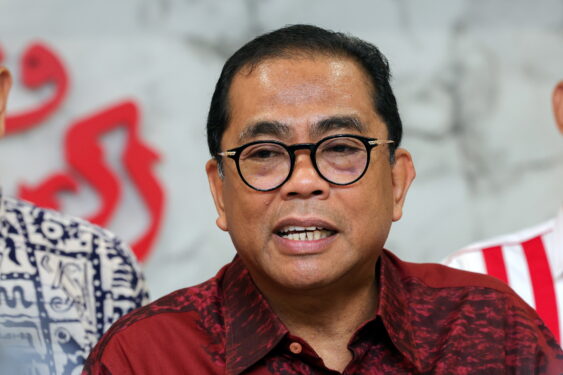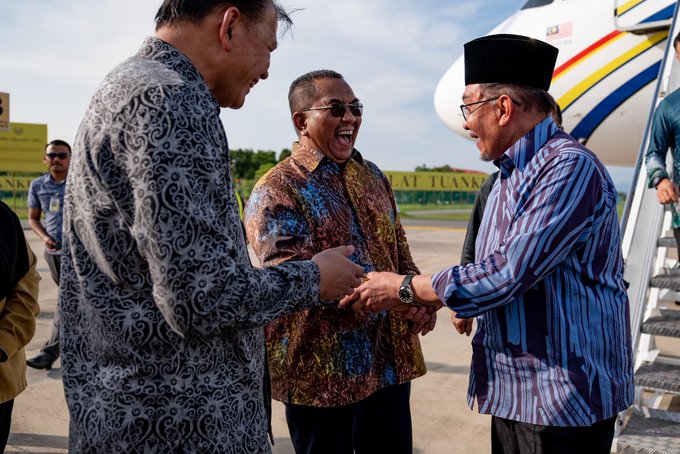By Sharan Raj
RECENTLY, the Ministry of Energy and Natural Resources (KeTSA) released the Energy Transition Plan 2021-2040 which stated Malaysia will raise our installed capacity for renewable energy (RE) to 40% by 2035.
Reporting RE penetration as installed capacity is misleading and greenwashing as it never reflects the generated electricity from RE.
Variable RE such as solar can only generate peak electricity for about six hours per day while baseload coal power plants can generate electricity for 24 hours non-stop.
Hence, a 1,000MW coal power plant can produce about 4 times more electricity compared to a 1,000MW rated solar farm within a 24-hour period.
Malaysia has the financial, engineering and regulatory capacity to achieve 100% RE for electricity generation to curb the climate crisis. We can reach 100% RE by 2025 and 2035 for East Malaysia and Semenanjung (Peninsular Malaysia) respectively.
Malaysia electricity generation landscape
There are two kinds of power plants: the baseload power plants and peaking power plants. Baseload power plants run non-stop except for repair and maintenance.
Peaking power plants run from 8:00 am to 10:00 pm to support demand from offices, schools, retail, and homes. Tenaga Nasional Bhd (TNB) generates Semenanjung’s electricity demand from imported coal (66%), fossil-methane (30%), and RE (4%).
For the year 2021, TNB will import 35.6 million metric tonnes (MMT) of coal worth RM9 bil from Indonesia (63%), Australia (22%), Russia (14%) and South Africa (1%) for electricity generation in Semenanjung.
In 2018, Sabah derived its electricity from fossil-methane (81%), diesel (6%), hydropower (5%) and RE (8%). Meanwhile, Sarawak derived its electricity from hydropower (71%), fossil-methane (17%), coal (10%) and diesel/oil (<2%).

Energy efficiency is the heart of 100% RE
Energy efficiency is the easiest way to shift towards 100% RE as it reduces existing and future electricity demand allowing us to decommission fossil fuel power plants faster. Non-household sectors such as industry, commercial, mining, agriculture and street lighting make up 18% of electricity customers but consume 80% of all electricity generated in Malaysia. The lowest hanging fruit to achieve electricity reduction will be manipulating electricity tariff.
The consumer tariff is determined based on the land use by default. For example, serviced apartments on commercial land are tariffed as low-voltage commercial tariffs.
Meanwhile, industries located on commercial areas get cheaper commercial tariffs. The electricity tariffs must be redesignated based on the nature of the customers.
Progressive tariffs for residential and higher average tariffs for industry will improve energy efficiency. Off-peak rebates for residential can shift day-time peak demand and reduce electricity wastage.
Industry represents 0.3% of electricity customers but consumes 46% of the electricity demand. Certain energy-intensive industries operate non-stop and depend on baseload power plants.
The industrial energy usage benchmark should be used to measures and improve the efficiency of the respective industries.
Industrial Building Systems (IBS) and minimum energy performances standards (MEPS) must be made mandatory for new residential and non-residential buildings to minimise electricity demand from new buildings.
The commercial sector needs to reduce its overall electricity footprint to achieve the maximum Building Energy Index (BEI) by 2030.
Malaysia should target the larger establishments such as shopping malls, hypermarkets, and office towers before progressively extending to smaller commercial spaces.
Large commercial spaces possess better financial capacity due to historical profits and have the economy of scale to adopt energy efficient technologies like district cooling.
Government operations such as offices, hospitals, higher education centres and schools consume about 10% of electricity nationwide.
Government should execute one-off energy performance contracts (EPC) with energy service companies (ESCOs) to make its premises into Zero Energy Buildings.
The ESCOs provide upfront capital, equipment, and expertise to achieve the electricity savings in exchange for getting paid a portion of the electricity savings during the EPC period.

Minimising electricity dumping through installation of utility scale batteries (BESS) will reduce electricity demand by 7%.
In 2018, only 85% of generated electricity reached the consumer with transmission and distribution loss of 8%.
Hence, Semenanjung’s electricity dumping was about 9,340GWh worth up to RM2.4 bil, which produces 5 MMT of CO2eq. Meanwhile, the cost of integrating batteries rated at 500MWp is about RM2.5 bil.
Scalable Renewable Energy (RE) Sources
Malaysia’s surveyed hydropower potential is about 29,000MW but large storage hydropower will displace tens of thousands of Orang Asli and cause irreversible environmental damage.
Small run-of-river (ROR) hydropower generates electricity from the natural river flow with little or no storage making its good baseload power plants.
Semenanjung has potential for 1,500MW of small ROR hydropower (<30MW) of which 530MW are in various stages of development.
This can be increased to 2,000MW by raising the maximum capacity from 30MW to 50MW. There is also strong potential in upgrading the capacity of existing large hydropower in Semenanjung.
In 2016, Malaysia produced 1.2 MMT of bio-methane as waste product from POME, landfills, manure, sewerage etc.
Biomethane can be captured and injected into natural gas pipelines to displace fossil-methane consumed by gas power plants.
Malaysia’s potential biomass for power generations is 7,000MW but small-scale biomass for power generation did not take off as it was too costly for these mills to build.
Power plants could purchase the bio-methane, biomass and/or organic waste from municipalities, farmers, and mills as biofuel for power generation.

100% Renewable Energy by 2025 for East Malaysia
In 2018, the cumulative peak demand and electricity consumption in East Malaysia was 4,459MW and 31,170GWh respectively.
There is sufficient RE including hydropower to power the entire East Malaysia but lack a unified electricity grid there such as Limbang, Lawas and Sabah’s East Coast operate exclusively on diesel power plants.
A fragmented electricity grid leads to electricity dumping, load shedding, high reserve margin, high tariffs, and poor reliability. Malaysia needs develop a unified electricity grid in East Malaysia including Brunei.
Subsequently, hydropower from central Sarawak provides joint baseload power plant and night-time peaking power plant. The unified electricity grid will allow for higher penetration of rooftop solar up to 1,000MW without batteries to serve day-time peaking load. By 2025, East Malaysia can decommission all its coal, diesel oil and aging fossil-gas power plants.
The future increase of electricity demand from industrialisation and electrification can be meet with rooftop solar and small ROR hydropower. The under construction Baleh Dam can power entire Brunei when completed in 2026.
100% renewable energy by 2035 for Semenanjung Malaysia
The average baseload and peak demand for Semenanjung is about 15,000MW and 18,000MW respectively.
Under a Business as Usual (BAU) scenario, the growth of electricity demand will remain flat until 2025 due to Covid-19. Semenanjung must reduce the baseload demand by 3,000MW through energy efficiency by 2025.
Subsequently, energy reduction of 2% per annum is necessary to negated new electricity demand to cap the peak demand to 15,000MW.
Semenanjung needs to install 6,000MW of rooftop solar coupled with 1,000MWp batteries to serve as daytime peaking power plants and minimise electricity dumping.
The installed capacity of existing large (storage) hydropower can be upgraded from 2,500MW to 3,000MW to serve as night-time peaking power plants.
The demand reduction paves the way to decommission fossil-fuel power plants but should retain 3,000MW of gas power plants fuelled by biomethane as standby power for cloudy days.
The new projected baseload for Semenanjung will be around 12,000MW which small ROR hydropower can provide about 2,000MW by 2025.
Baseload coal power plant can undergo fuel-switching to modify the coal combustion chamber to combust biomass.
Biomass from fruit bunch (EFB), mesocarp fibre and palm kernel shell (PKS) generation can provide about 7,000MW.
Semenanjung would need another 3,000MW of RE baseload power plants. Dispatchable baseload solar power plant made up of 18,000MW of PV panels coupled to 3,000MWp of batteries can fill that void but would require 180km2 of land.
Unfertile lands from aging palm oil plantations could be converted into dispatchable solar power plant. Semenanjung has 27,380km2 of palm oil plantations.
The annual intermittency of solar during raining seasons can be mitigated through power sharing agreement within the ASEAN Power Grid.
Based on the 2018 baseline, Malaysia can reduce fossil-fuel generated electricity from 83% to 0% with energy efficiency policies and existing RE technologies by 2035.
The only thing needed now for Malaysia to achieve 100% Renewable Energy by 2035 is for the electricity sector is public discussion and the political will. – July 7, 2021.
Sharan Raj is a human rights activist, environmentalist and infrastructure policy analyst.
The views expressed are solely of the author and do not necessarily reflect those of Focus Malaysia.










